Every August, schools get a fresh start – new teachers, clean desks, students full of nervous excitement and parents running on caffeine. But for nonprofits and schools trying to support that first-day energy, it’s also fundraising season. And too often, those campaigns end up rushed, unfocused, or buried under a mountain of other priorities.
You’ve probably seen it: a flyer taped to the school entrance, a last-minute Facebook post asking for donations, maybe a bake sale that raises more confusion than money.
It doesn’t have to be this way though.
An effective back-to-school fundraising campaign can do more than raise money. It can strengthen community, boost long-term engagement, and, most importantly, get the right resources into the hands of kids and teachers when they need them most.
Let’s talk about how to create an effective back-to-school fundraising campaign – clearly, practically, and without getting lost in fluff.

Table of Contents
Start With One Clear Purpose for Your School Fundraiser
This is where most campaigns go sideways.
Instead of focusing on a single goal, they try to raise money for supplies and tech and facilities upgrades. That makes messaging muddy – and supporters unsure what their donation is actually funding.
Do this instead:
- Pick one specific problem your campaign will solve.
- Make it tangible. Instead of saying “Help students get ready for school,” ****say: “Fill 40 backpacks with supplies for kids from underserved communities.”
- Set a clear, achievable goal. People like knowing what success looks like.
When the purpose is tight, every piece of content becomes easier to write. You’ll stop second-guessing your messaging. And donors won’t have to guess what they’re contributing to.
Understand What Your Audience Is Thinking
Before you write a single post, figure out what people are already feeling.
- Are parents stressed about costs piling up?
- Are teachers tired before school even starts?
- Are donors wondering why the school still needs money when it’s publicly funded?
Effective campaigns don’t ignore these tensions – they address them head-on.
Here’s how:
- Read comments in PTA groups or school social posts. What concerns come up?
- Talk to a few parents or teachers informally.
- Reflect those real thoughts in your messaging: “We know it’s a tight season – here’s one small way to make a big difference.”
If your content sounds like it came from someone inside the community (not just broadcasting at it), people are far more likely to engage.
Use Real Stories to Power Your Back-to-School Donation Campaign
Generic messaging like “Support our students” doesn’t move people.
Try this instead:
“Last year, a third-grade teacher used her own money to buy art supplies for 24 kids. This year, we want to change that.”
Now you’ve got someone’s attention.
The best campaigns feature:
- A student who felt left out because they didn’t have the right materials.
- A teacher trying to spark curiosity with outdated tools.
- A parent who remembers what it felt like to show up unprepared.
When you tell real, specific stories (even short ones), you make the problem – and the solution – feel human. That’s what drives action.
Make Donating to Your School Supply Drive Easy
People are busy. Even when they care, friction in the donation process can kill momentum.
Your job: remove every obstacle.
- Make the donation form short and mobile-friendly.
- Embed it directly in your email, landing page, or social bio.
- Offer specific giving levels tied to impact. For example:
- €15 = a new backpack
- €25 = a full supply kit
- €50 = noise-canceling headphones for students with sensory needs
- Use simple, clear buttons: “Sponsor a Backpack,” not “Learn More.”
Bonus: include a recurring donation option even if your campaign is short-term. It’s one of the easiest ways to grow sustainable support over time.
5 Inspiring Back-to-School Campaign Examples
AdoptAClassroom: Subaru Loves Learning
Every August, Subaru of America teams up with AdoptAClassroom for “Subaru Loves Learning” campaign. As part of this initiative, Subaru matches donations and funds across thousands of classrooms located in high-need communities – targeting schools where access to supplies is limited or inconsistent.
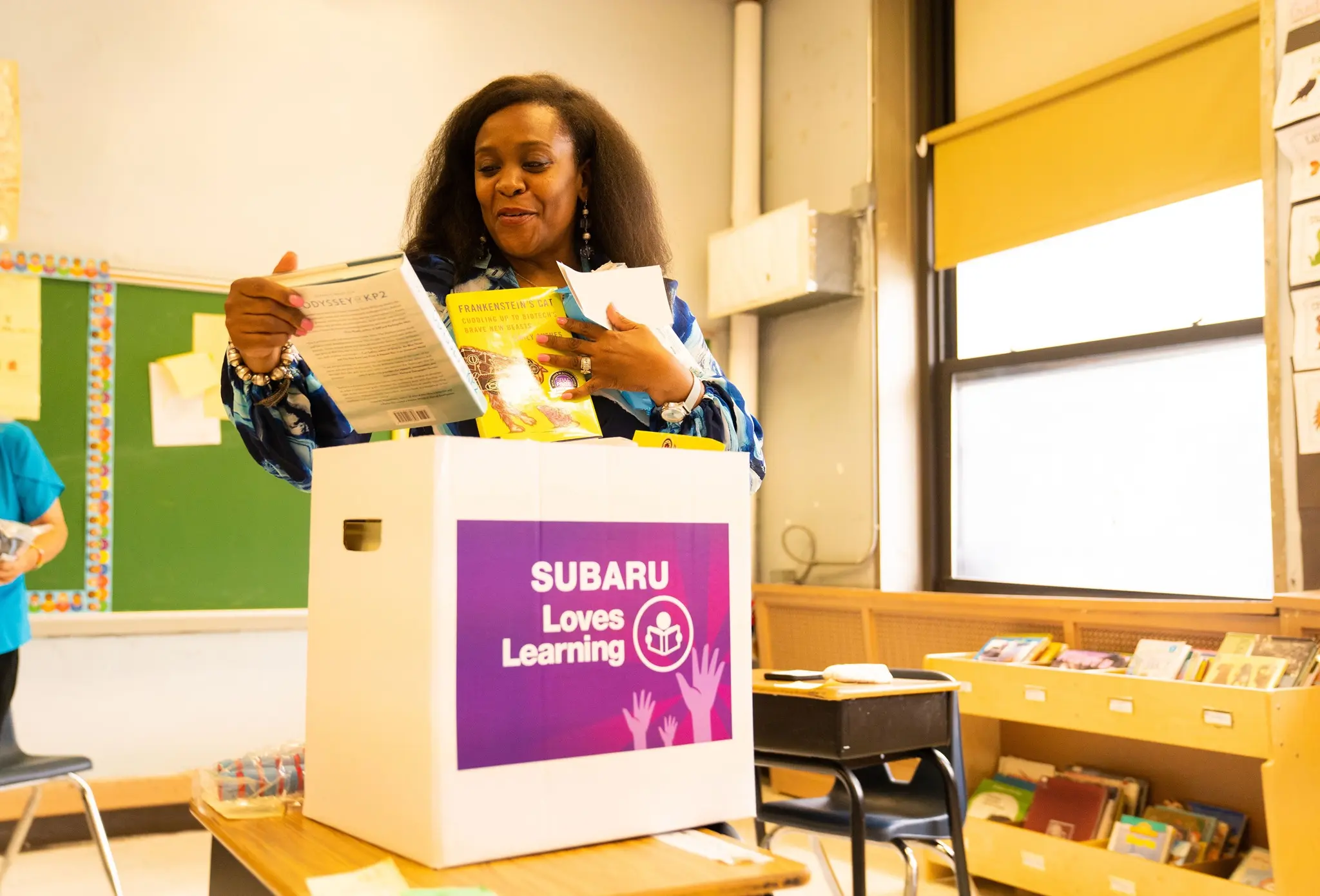
YMCA of Greenwich: “Running Start” Shopping Trips
The YMCA of Greenwich took 125 underserved students on a school supply shopping trip with $150 Kohl’s gift cards, backpacks filled with supplies, and a pizza party kickoff. This expanded from supporting 74 students in 2023 to 125 in 2025 – a 25% increase.
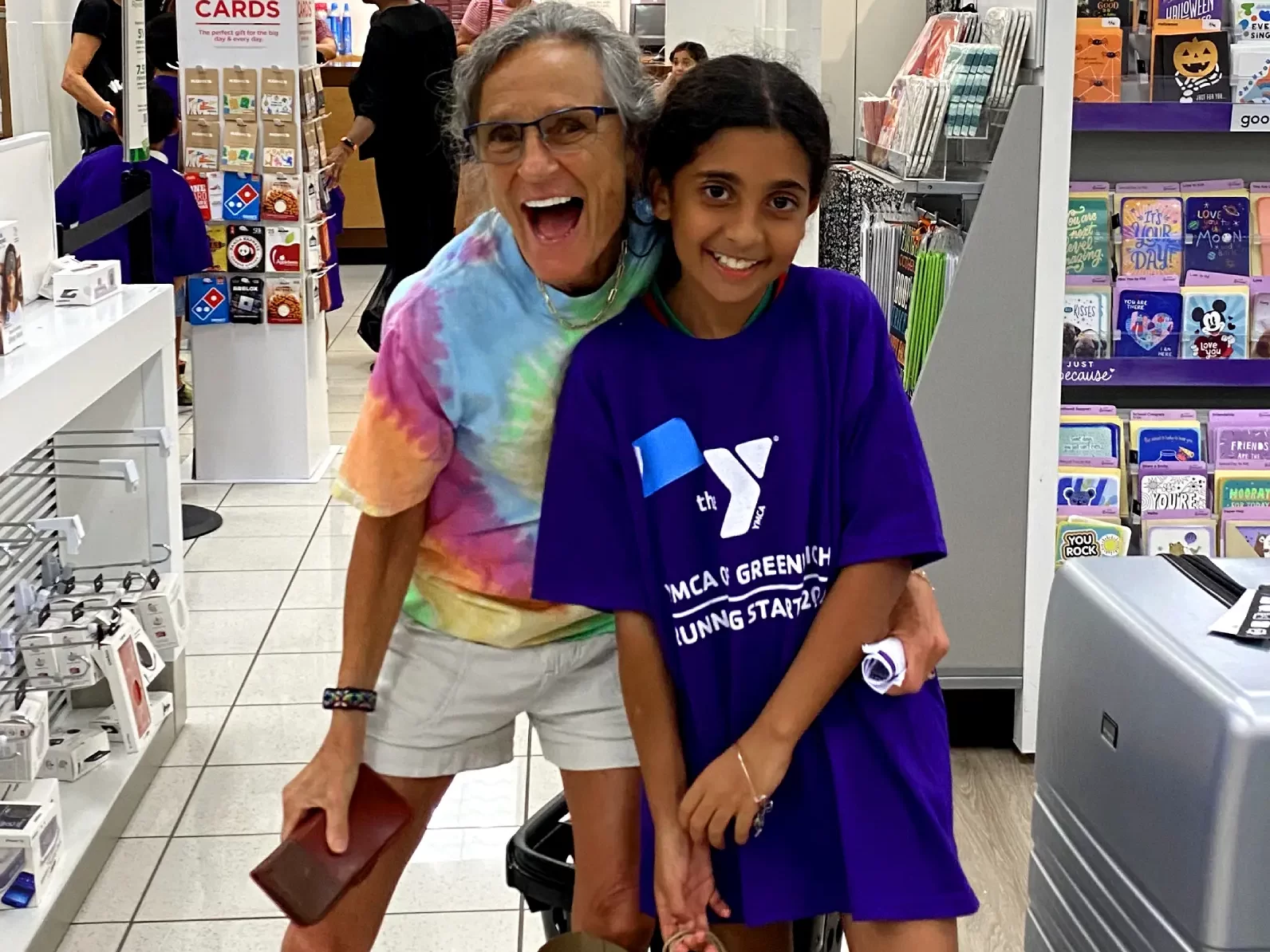
A longstanding national program, it has funded schools by allowing families to collect “box tops” for participating products, contributing close to $1 billion in total since launch. The initiative recently shifted to a digital app model.
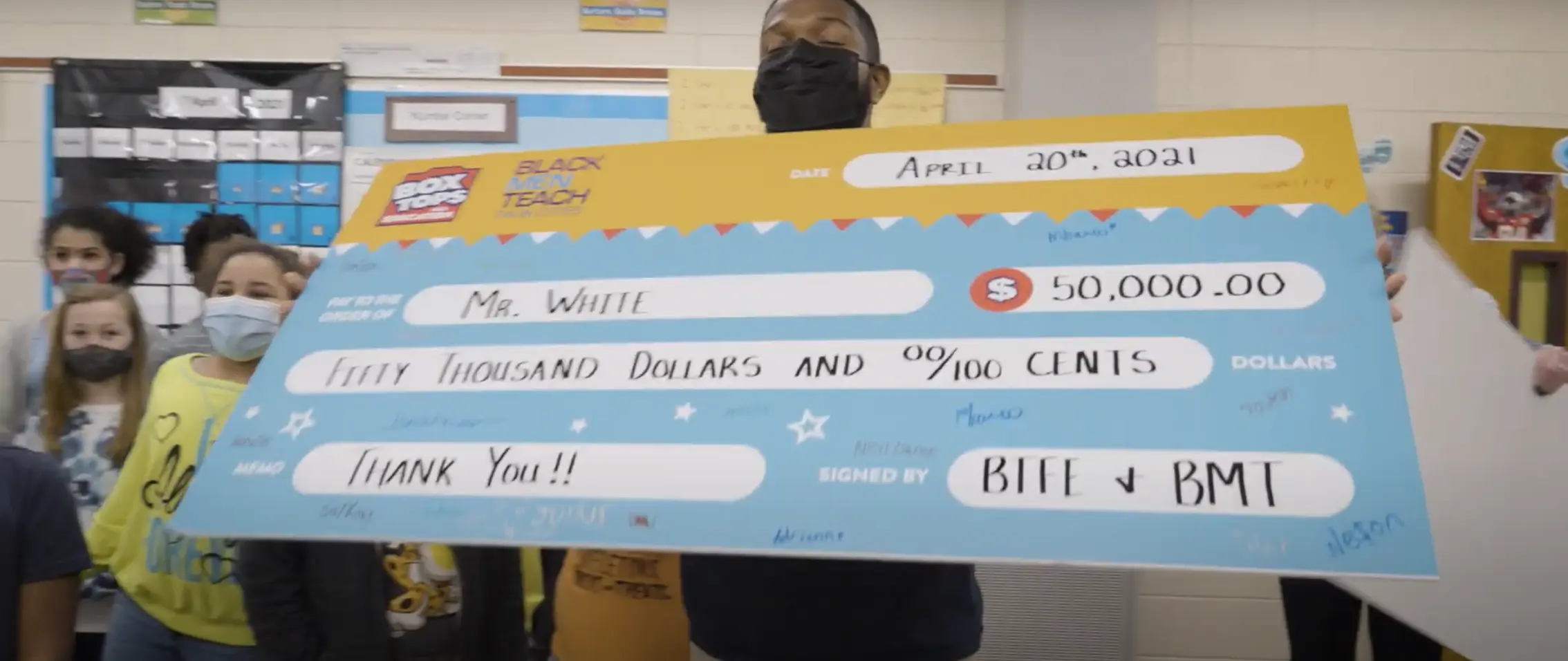
World Food Programme: ShareTheMeal
The ShareTheMeal app enables users to donate at the tap of a finger to feed schoolchildren. Globally launched in late 2015, the app funded meals for 20,000 Syrian children in a refugee camp in just two months. In Germany, Austria, and Switzerland, a pilot campaign provided 1.8 million school meals to children in Lesotho.
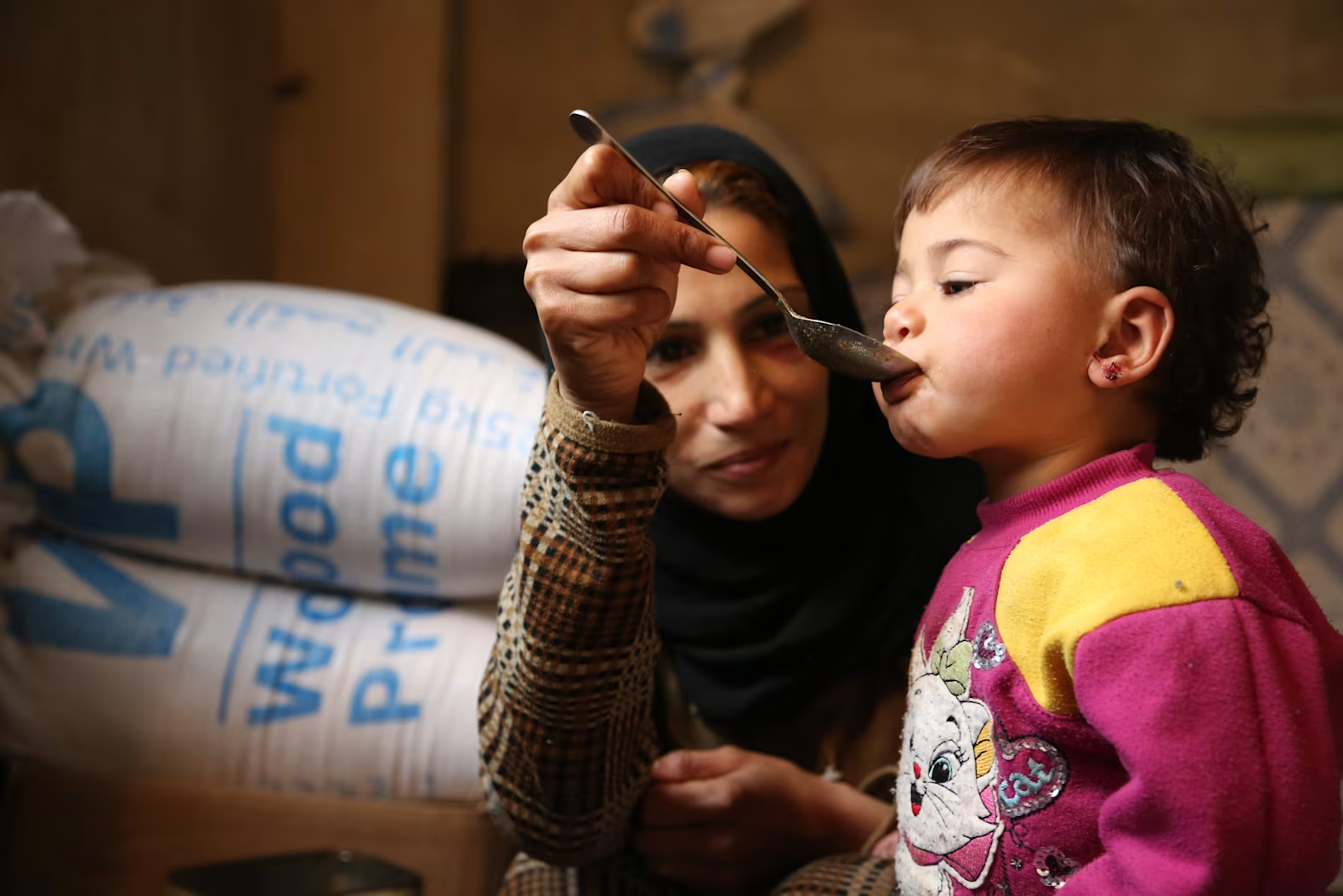
World Vision Malawi: More Than a Meal
At Tilimbike Community-Based Childcare Centre (CBCC), children no longer struggle to stay focused in class due to hunger. The school feeding programme has sparked hope, drawing more toddlers to the centre and reaffirming education as a pillar of the community’s future. Since the programme began, enrolment has jumped from 32 to 54 children. World Vision’s Enough Campaign school meals program is targeting 43000 children and currently the initiative has already reached around 62,000 children with school meals.
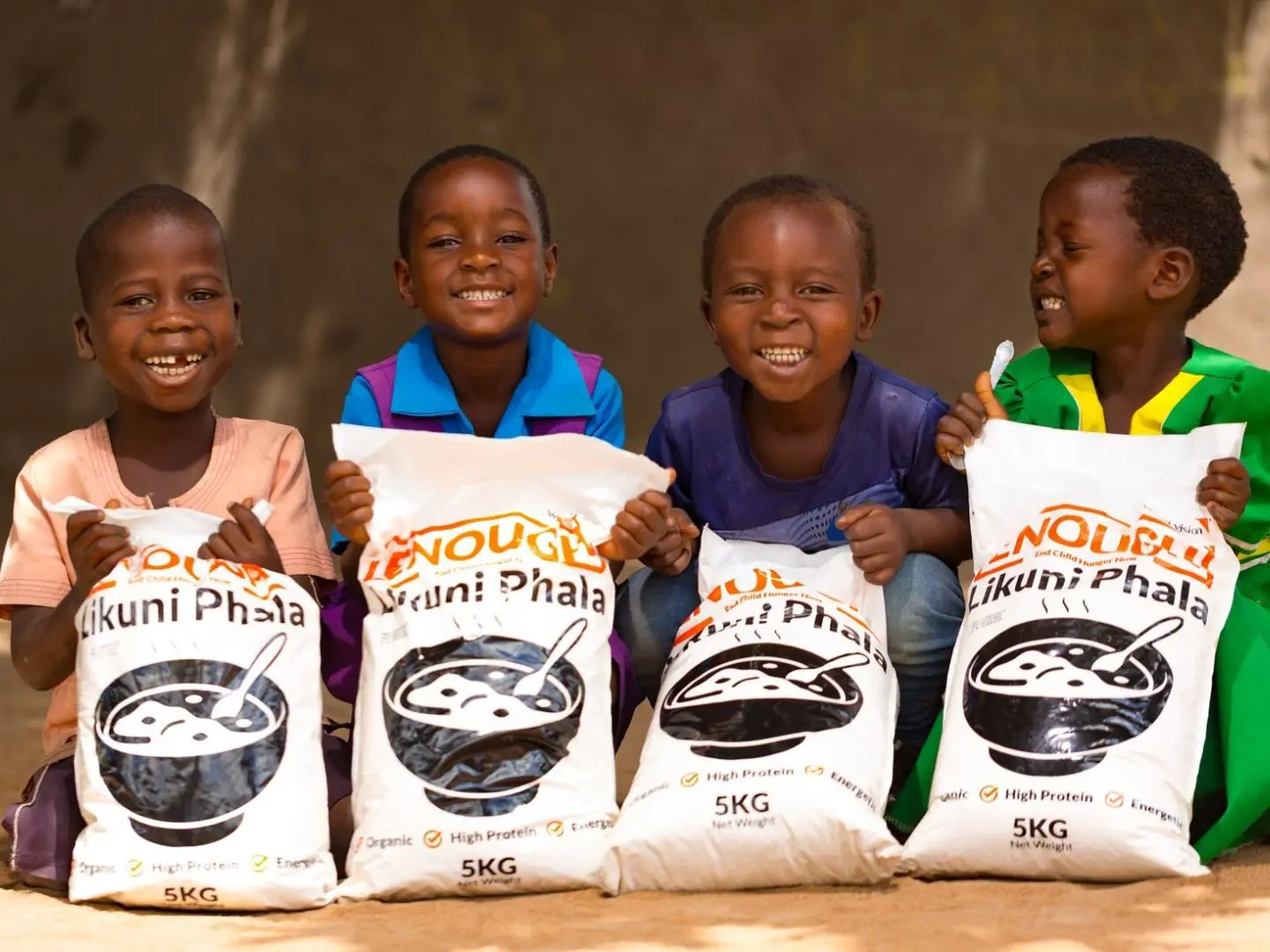
Back-to-School Fundraising Ideas (That Don’t Require a Huge Budget)
Not every campaign needs a gala or merch store. But your strategy should still be creative, community-driven, and doable with your current resources.
Here are some proven, high-ROI ideas:
1. Text-to-Give Campaigns
Perfect for quick appeals during school events or via parent emails. Use a shortcode like “Text SUPPLY to 70707” and keep the donation flow under 30 seconds.
2. Classroom Wishlist Sponsorship
Let each teacher list 2-3 needed items. Donors can pick a classroom to sponsor – adds a personal touch and builds ownership.
3. Friendly Grade-Level Competition
Let grades or homerooms “compete” to raise the most. Use a visual leaderboard and offer a low-cost prize.
4. Supply Packing Event + Drive
Invite families to donate supplies and help assemble kits together. Add name tags from donors inside the bags – it builds emotional connection.
5. Business Partner Match
Find 1–2 local businesses to match donations up to a certain amount. It doubles impact and visibility – and helps with reach.
6. Back-to-School Fundraising Event
Community-based events work really well. Make it free entry and offer optional donations at food stands, activity booths, or raffle tables.
You don’t need to do all of these. Pick one or two that actually fit your audience.
Pick the Right Channels to Promote Your School Fundraiser Online
If you only have energy to be active on two platforms, that’s fine. You don’t need to be everywhere – just show up consistently where your community actually spends time.
Here’s how different channels can help:
- Instagram: Great for quick video stories, visual countdowns, and emotional appeal posts.
- Facebook: Powerful for local communities, family donors, and event promotion.
- Email: Best for storytelling, goal updates, and clear donation CTAs.
- TikTok: If you’ve got creative students or teachers willing to share their “day in the life,” this can be gold.
No matter the platform, the same rule applies: be clear, real, and consistent. You’re not just marketing – you’re inviting people into a cause.
Show Progress and Celebrate Along the Way
Show your progress as it unfolds. Celebrate the small wins publicly. Don’t wait until the campaign ends to update people.
- “We’re halfway there! 30 backpacks funded so far.”
- “Thanks to you, Ms. Ortiz’s class got new headphones this week.”
This builds momentum and encourages late givers to jump in before the finish line.
And once it’s done, close the loop. Show the final impact. Thank everyone visibly. Use video, photos, or quotes from those who benefitted.
That’s not just gratitude. It’s your best marketing.
Keep Your Fundraising Momentum Going All Year
A campaign shouldn’t end just because the donation deadline did.
Use the energy you built to grow your base:
- Invite donors to join your email list.
- Share mid-year updates (“Here’s how your gift made an impact this semester”).
- Stay top-of-mind for holiday drives, Giving Tuesday, or teacher appreciation events.
Consistency builds trust. And trust turns one-time donors into long-term champions.
Final Thoughts on Running a Back-to-School Fundraiser That Builds Real Community
A back-to-school fundraising campaign isn’t just about raising money. It’s about creating a moment where your community sees a need, feels empowered to help, and sees the impact of their actions almost immediately.
You don’t need a giant team or a huge budget to pull it off. You need a clear purpose, a few good stories, and the willingness to make giving feel meaningful and simple.
Get those things right, and your campaign won’t just fill backpacks – it’ll build connection.
